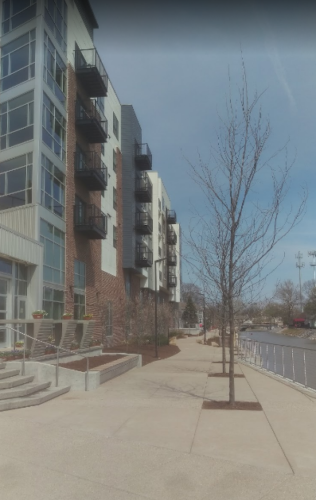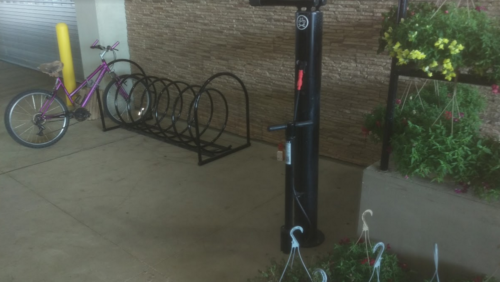Urban blogs are used to defending their points of views from a more car-centric culture that prevails in many places in the US, and especially here in Indianapolis. But there is one major place where urban blogs receive a bit of pushback from those on the left side of the spectrum: Neighborhood infill, especially multi-story structures. There is an overriding fear that these larger projects will kill the culture of the neighborhood, or make it too expensive. And those are very legitimate concerns. This post intends to lay out my reasons for supporting most of these developments, or at least making them as equitable for the neighborhood as possible.

-
- More people with the ability to live in Indianapolis without needing to own their own vehicle, or needing to use their vehicle for every trip. This is a big deal.
- Mixed Use projects give the developers another way of activating the street. Many times these projects sit on former parking lots or underutilized land.
- State-mandated property tax caps mean that we have to keep attracting new citizens to pay for schools, streets, maintenance, libraries, transit, etc.
- Sometimes these developments can even provide other free public amenities, such as covered bike parking with a tire pump, as at the Broad Ripple Fresh Thyme:

- Indy didn’t build this type of residential building for 50-60 years. Now there is a demand for it.
- If not here, then where? The suburbs? Single family housing infill only? I’m not sure what the other option is that development opponents seem to clamor for, but new single family homes in popular traditional neighborhoods can get prohibitively expensive fast. Additionally, townhomes or rowhouses can also become expensive. In some instances, these housing types aren’t terrible options, but I don’t want to limit ourselves to them if we want to have a healthy mix of residents.
- They provide future riders of our newly funded mass transit network. They in turn will help keep it funded by actually riding it.
- Â There will be fewer surface parking lots, and maybe, just maybe, the interior garages that these structures inevitably house could actually become smaller in the future. This would bring the costs of building these projects down. Voila, potential to make them more affordable to renters or owners.
- More eyes on the street to keep watch over the neighborhood. More local ownership and accountability. More vibrancy and activity.
I know that these aren’t always the most attractive or beautiful structures, and I hope that will improve over time. And I am concerned over losing culture, just as I’m worried about making a place unaffordable. Again, I’m not sure what the other option here is. I can either support appropriate new multi-story neighborhood infill, or be bitter all the time. I choose the former.
I agree with all your points. From my point of view, in the context of Indy, this is an interesting, yet far less complicated issue than the more common debate over gentrification going on in other big cities–from LA, to Detroit, to Atlanta. The talk about losing culture of the neighborhood in places like Broad Ripple seem like code for Meridian Kessler NIMBYism. I do not hear about poor and working class families being priced out of their homes; I do not hear about ethnic diversity being marginalized by hipster colonizers. Indy is a balkanized town in my opinion, and the only way to weave it into something coherent is with more urban infill, real public transit options, less parking space mandates, and, when the time comes, sufficient tenants’ rights protections.
Agree with your comments. I live in the neighborhood and this specific project was absolutely needed and it turned out great. And even now I still have some neighbors complaining about it. I don’t get it…that’s just human nature…anyway, there are a few more infills going on in BR right now, making progress.
Smart urban infill also supports place-making initiatives that add to an area’s character and funds long-run improvements. For example, the Coil project in Broad Ripple generated sufficient property tax increment to help build out the Canal towpath Greenway between College Ave. and Guilford with abundant landscaping and lighting as well as help underwrite improvements at Tarkington Park.